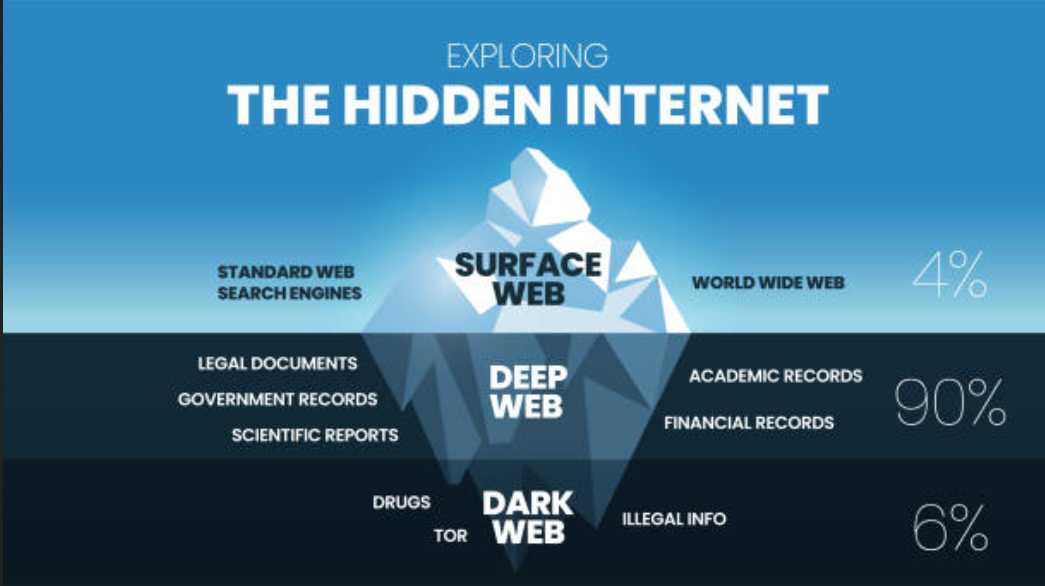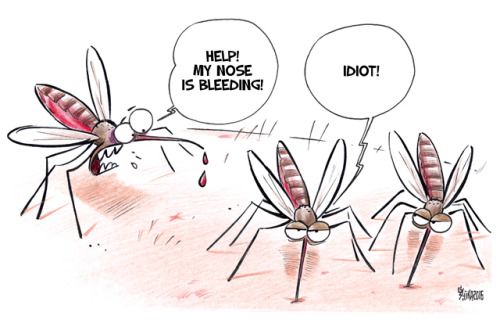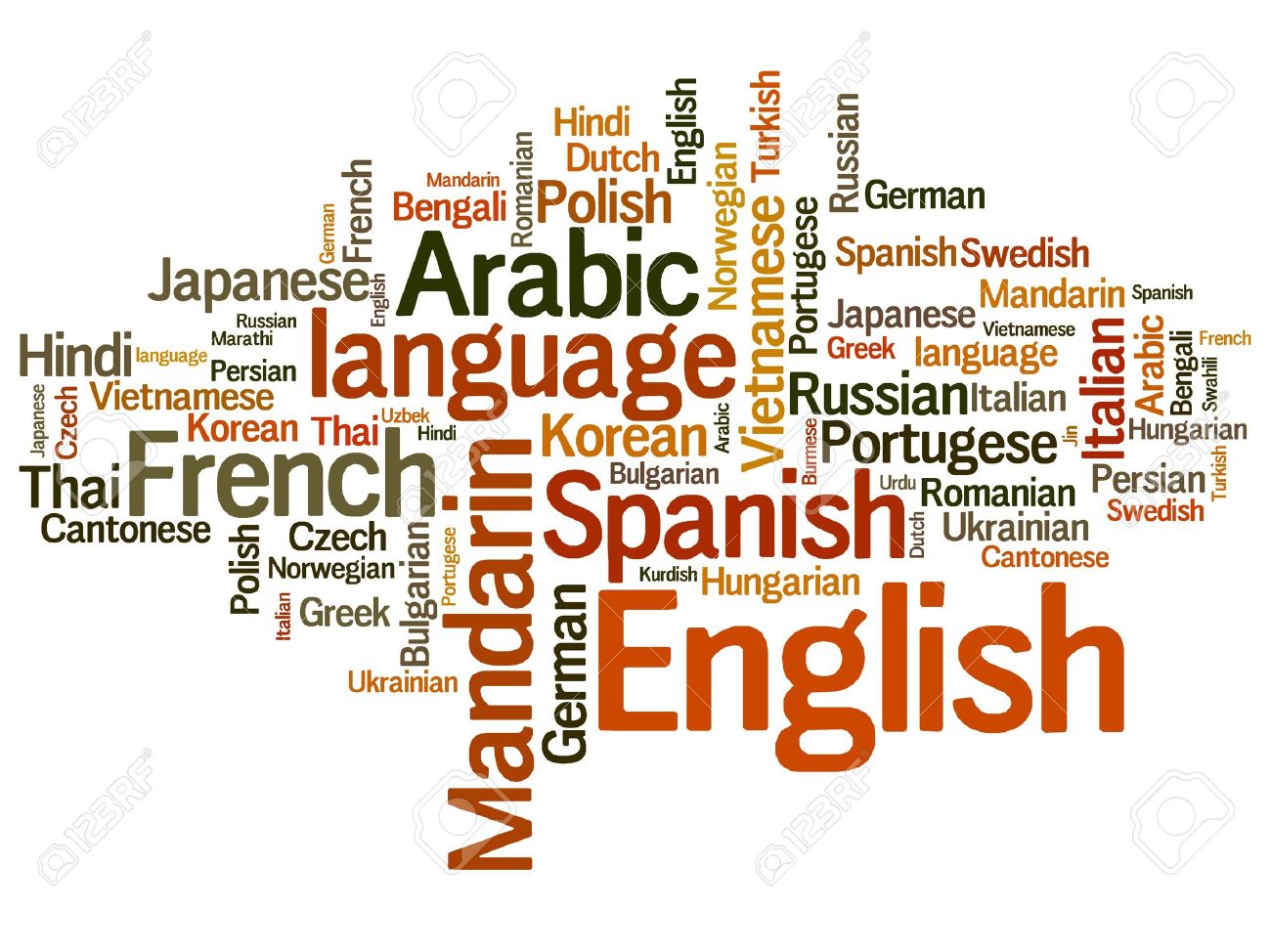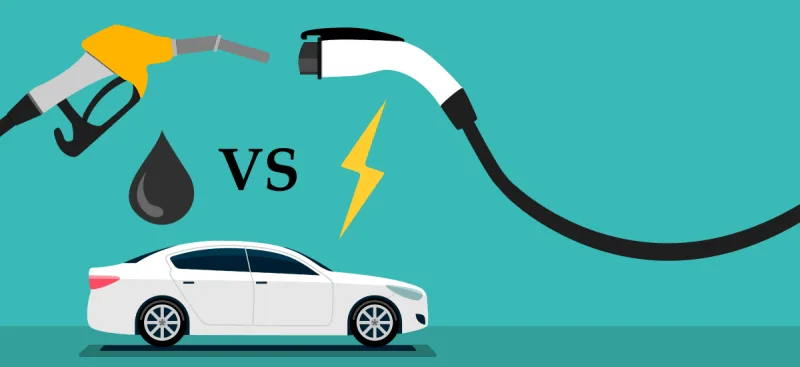
Introduction
Let’s face it. The internet, as we know it, is like an iceberg. What we see on Google, Bing (RIP), or your favorite cat meme site is just the tip. Below the surface lies a digital Atlantis teeming with secrets, silos, and shadows.
Welcome to the Deep Web and Dark Web — a fascinating dual realm of encrypted data, anonymous identities, and more mystery than your aunt’s WhatsApp forwards. But don’t worry, we’re diving in together—armed with knowledge, sarcasm, and, hopefully, antivirus software.
What is the Deep Web?
Let’s kill the confusion first. The Deep Web isn’t evil. It’s just… private.
The Deep Web refers to all content that search engines like Google can’t index. You know, the “non-Googleable” stuff. It’s like the Members Only club of the internet—invite-only, password-protected, and suspiciously clean.
Examples of Deep Web Content:
-
Medical Records – Your appendix removal isn’t a trending topic.
-
Subscription Services – Netflix, academic journals, OnlyFans… no judgment.
-
Intranets – Internal portals for companies, schools, and other institutions.
-
Government Databases – Tax files, police logs, and yes, probably some UFO stuff.
The Deep Web is legal. It’s also essential for privacy, security, and keeping your high school grades away from judgmental relatives.
What is the Dark Web?
Now, this is where things go full Batman.
The Dark Web is a tiny subsection of the Deep Web that’s intentionally hidden and accessible only through special tools like Tor (The Onion Router). And no, Tor has nothing to do with Norse mythology, but it will help you browse anonymously.
It’s where privacy meets paranoia—and sometimes, criminals meet customers. But it’s not all illegal. There are journalists, activists, and whistleblowers here, too. It’s like Gotham: good folks exist, but you still lock your doors.
How Does the Dark Web Work?
-
Anonymity Tools: Tools like Tor bounce your connection through multiple nodes across the globe. Think internet pinball.
-
Cryptocurrency Payments: Bitcoin is the cash of choice here. No paper trails, just encrypted ones.
-
“.onion” Sites: URLs that are as unreadable as your doctor’s handwriting.
Example: http://3g2upl4pq6kufc4m.onion — Totally real, and yes, it’s DuckDuckGo’s dark web version.
When Did All This Begin?
Let’s set the clock back to the 90s.
Cue Windows 95 loading music.
-
Freenet (1999) – A privacy-focused P2P platform.
-
Tor – Originally developed by the U.S. Navy (yes, the Navy) for secure communication.
-
Eventually, it became public… and then public enemies got interested.
The moment the dark web went full villain? Enter Silk Road (2011) – The Amazon of illegal drugs, until the FBI shut it down like a disappointed parent.
Internet Breakdown: The Big Three
| Layer | Percentage of the Internet | Contents |
|---|---|---|
| Surface Web | 4–5% | Facebook, YouTube, this article 😎 |
| Deep Web | ~90% | Academic records, private emails, intranets |
| Dark Web | <1% | Illegal markets, whistleblower hubs, hacker forums |
Imagine calling yourself a “netizen” and only seeing 5% of the net. How Tragic.
The Bright Side
Not everything in the shadows is evil. Some people are just introverts with encrypted browsers.
The Good:
-
Freedom of Speech: Especially in authoritarian regimes.
-
Whistleblowing Platforms: Hello, WikiLeaks.
-
Secure Communication: Essential for activists, journalists, and tinfoil hat collectors.
The Ugly Side
But let’s not pretend the dark web is just misunderstood. There’s a lot of shady stuff going down.
The Bad:
-
Drugs and Weapons: You can order heroin faster than pizza.
-
Human Trafficking: Yes, it happens. And yes, it’s horrifying.
-
Ransomware as a Service (RaaS): Like SaaS, but with hackers and extortion.
Notable Scandals:
-
Silk Road (2013): FBI bust. Millions in illegal sales.
-
Ashley Madison Hack (2015): Leaked cheating site data.
-
WannaCry (2017): Ransomware that cried for Bitcoin.
Dangers of Visiting the Dark Web
Unless you’re a cybersecurity expert or Batman, don’t randomly wander into the dark web.
Red Flags:
-
Malware Landmines: One wrong click, and your system gets more viruses than an anti-vax conference.
-
Phishing Scams: “Congrats! You’ve won ransomware.”
-
Mental Health Impact: Some dark corners can leave you mentally scarred.
-
Surveillance: Law enforcement is watching. Always.
Fun Facts
-
The deep web is 500 times bigger than the surface web.
-
Fake passports, IDs, and even college degrees are up for sale.
-
You can buy social media followers for your fake influencer dreams.
-
A “Red Room” is rumored to host live-streamed crimes. Most are fake. Hopefully.
-
Cybersecurity firms study dark web activity to predict threats.
How to Stay Safe
-
Avoid Curiosity Clicks: Curiosity didn’t kill the cat. Clicking a .onion site did.
-
Use Protection: Antivirus, VPN, firewalls—get ’em all.
-
Don’t Trust, Verify: If it looks shady, it probably is.
-
Stay Educated: Follow legit resources like TheTechJournalist.com to stay ahead of threats.
FAQs
-
What is the difference between the Deep Web and the Dark Web?
→ The Deep Web is safe and legal but hidden from search engines. The Dark Web is part of it, but used for both legal and illegal anonymous activities. -
Is it illegal to access the Dark Web?
→ No. Accessing it is legal. Doing shady stuff on it? Very illegal. -
Can anyone access the Dark Web?
→ Yes, with tools like Tor, but should you? That’s another story. -
Why do people use the Dark Web?
→ For privacy, free speech, or to buy a flamethrower with Bitcoin (please don’t). -
How much of the internet is the Dark Web?
→ Less than 1%, but it causes more chaos than the rest combined.
Thesaurus
-
Anonymity – Privacy, confidentiality
-
Encrypted – Secured, coded
-
Marketplace – Bazaar, trading hub
-
Whistleblowing – Exposing, revealing
-
Illegal – Unlawful, illicit
-
Hackers – Cybercriminals, intruders
-
Fraud – Scam, deception
-
Propaganda – Misinformation, bias
-
Ransomware – Malware, extortion virus
-
Pseudonymous – Alias, anonymous identity
Final Thoughts: Surf Wisely
The internet is like the ocean—calm on the surface, chaos underneath.
The Deep Web? Hidden but helpful.
The Dark Web? Mysterious, risky, and often illegal.
Understanding these layers helps us protect ourselves and our data in the digital Wild West. Whether you’re a journalist, techie, or someone who just googled “what is the dark web” after watching Mr. Robot, the key is to stay informed, cautious, and… maybe just stick to YouTube









